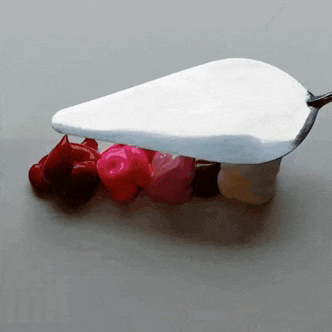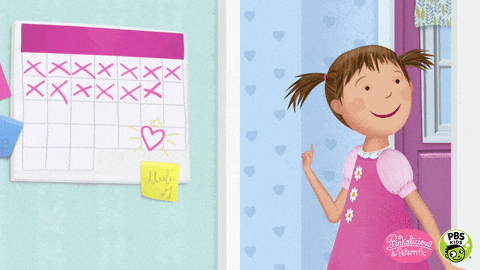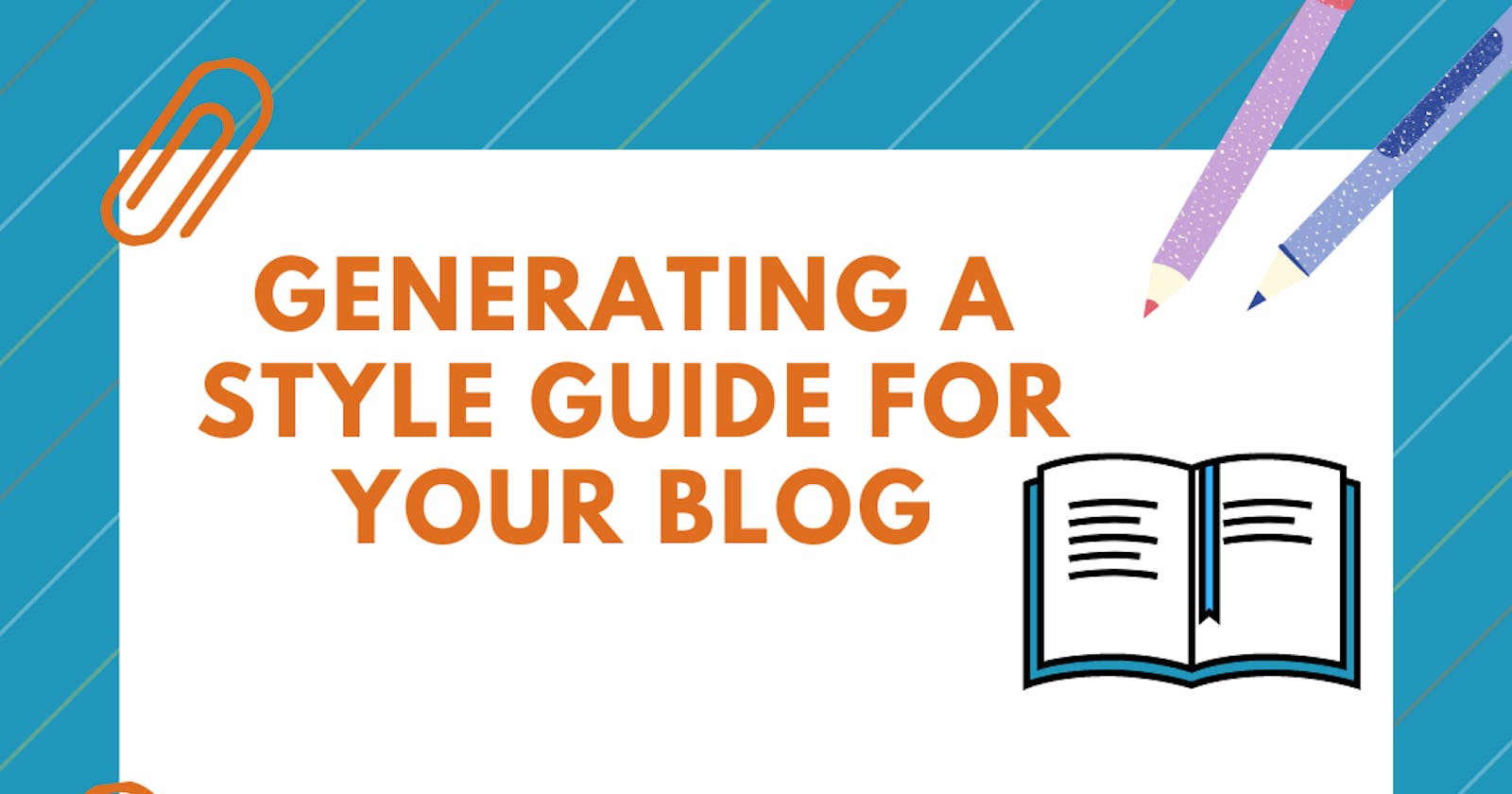An enjoyable blogging experience is determined by the writer's consistency in style, tone, grammar, and punctuation. A content style guide is an essential resource that yields substantial results for the success of your blog and the enjoyment of your readers as a writer.
What is a Blog Style Guide?
A blog style guide is a document that contains rules and guidelines for the content on your blog. This document defines the colour, the font style and size, the choice of language used on the blog All of this is kept in one document you can use as a reference or provide for anyone contributing to your blog. It serves as your blog’s rule book and otherwise can be seen as your brand's style guide.
The Need For a Blog Style Guide:
- Quality and professionalism: Having a blog style guide can transform your blog from basic writing into a professional-looking publication.
- Consistency in style and tone: Consistency in style, tone, grammar, and punctuation is essential to an enjoyable blog experience.
- Build a connection with Your audience: Consistency in a blog style and choice of language allows the reader to visualise the message the writer is passing.
- Use it as a reference to keep your own content consistent.
- Use it as your main source of criteria when writing and editing
How to Create Your Blog Style Guide
Step 1: Establish Your Target Audience.
Your style guide should be designed to communicate with a particular audience in a certain kind of way. To achieve this you need to know the kind of audience your writing is targeted towards. You need to know if your audience will be elderly people, or young people, or politically inclined people, or technical people, or religious people. By just pulling some quick descriptions of your target audience and the characteristics you would use to define them, you will be able to ascertain your audience.

Step 2: Choose a Brand Colour.
Remember that your blog is more or less a representation of your brand and so there is a need to maintain consistency. What’s your colour wheel?. Decide on a set palette and keep the exact colour codes on hand. Always remember to keep it simple. You can use two to four main colours for the theme that will reflect your brand both in self-made graphics.

Step 3: Create Rules for Images
If you would like to have images on your blog, it would be great to know:
- Where the first image is placed in an article.
- Minimum and maximum sizes for images.
- How images are credited.
- What type of image you are using.
- How captions should be formatted for each image.
Step 4: Decide What Font Style and Font Sizes to Use.
- You should know the font family and font sizes that you’re working with. When picking fonts size on the article always make sure the bigger fonts go to the headings that you would like to be in noticed by your reader. Always use different sizes of the font for headings, another for subheadings, and a third for the main text.
Use Short Sentences: Do not bore your readers with lengthy writings because not every reader enjoys lengthy articles. They make reading look stressful and boring especially if there are no images to accompany the content. Instead, go for short and direct sentences when writing, they’re easier to read and understand.

Step 5: Create Rules Around Language and Tone.
- Consider the tone: When writing, the tone of your writing should be either be serious, playful, friendly or distant and authoritative?. Always make research on words that describe the tone of your existing work.
American English or British English: Who your primary target audience are determines the English you would likely use? But then write in British English because they’re most common.
Adult language: It is assumed that a professional blog never has swear words or harsh words, but there are certain blogs that used minimal swearing to a great effect. Whether you want to use adult language on your blog or not is determined by the audience you are writing for and the content of your blog.

Abbreviation: Decide on the use of acronyms, if any is to be used, and how they must appear. In cases of formal writing, it is best to write the full meaning of each abbreviation that you decide to use. Just so readers who do not know what the abbreviation stands for can also get to know. Since the purpose of writing is to communicate and not impress, simple words work better than big complex words.
Numbers: Although opinions vary on this one, you should spell out all single-digit numbers and leave the rest as numerals. It is expected to spell out every number less than 100.
- Sourcing:
How do you give credit to where you found your information?
Do you like referencing resources that were helpful at the end of the article?.
Perhaps you prefer quoting other writers or tagging them within the paragraphs of the article?.
Step 6: Formatting.
When you are done writing and are formatting the article, the blogs CSS should handle the format you follow when organizing your content?.
- Do you prefer more emojis, or pictures, or gif, or quotes?.
- How should you use headings?
- When is bold okay to use?
- When are italics okay to use?
- Is strikethrough allowed? Whichever format you use in the style guide should be maintained in every article.
step 7: Develop a Release Schedule.
The idea of having a schedule for writing is to make you consistent with your publication. And to also give your audience an idea of when to expect a blog post from you. You should have a particular day you within a week you publish an article, that way, your readers who must have subscribed to your mailing list get notified once you make a publication. The pillars of a great blog are consistency and quality therefore, having a consistent voice will help readers connect with your brand.

Step 8: Keep Your Content Style Guide Updated.
Always make sure that when writing, you follow the rules of your style guide across every publication you make. Even, when you are confused about how you are supposed to format an article, you can always refer back to the style guide.
In Summary:
- Put the reader first: The purpose of writing is to communicate with your reader
- Organize your thoughts: you do need to know what you want to say before you write it.
- Be specific: Get to the point and say what you mean. Use specific nouns when referring to people.
- Make reading interactive with images and videos that explain the content.
Conclusion
Your blog style guide is the best way to communicate your blog’s personality. In order to create effective content and maintain brand identity and consistency in your blog, you should take out time to draft out how you want to be perceived by your readers.

